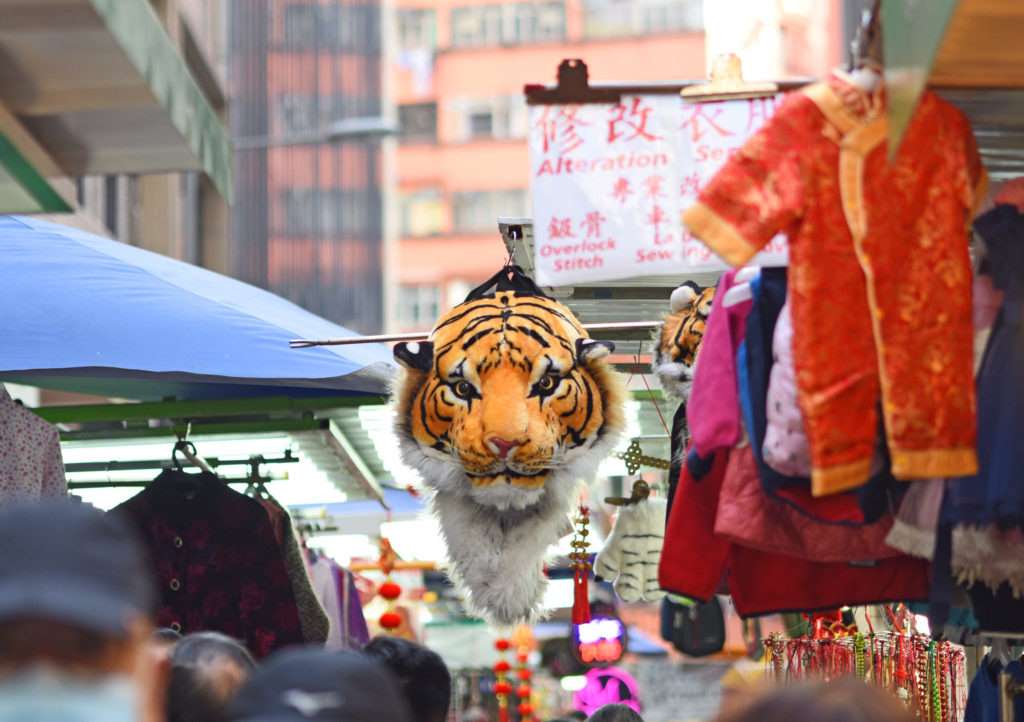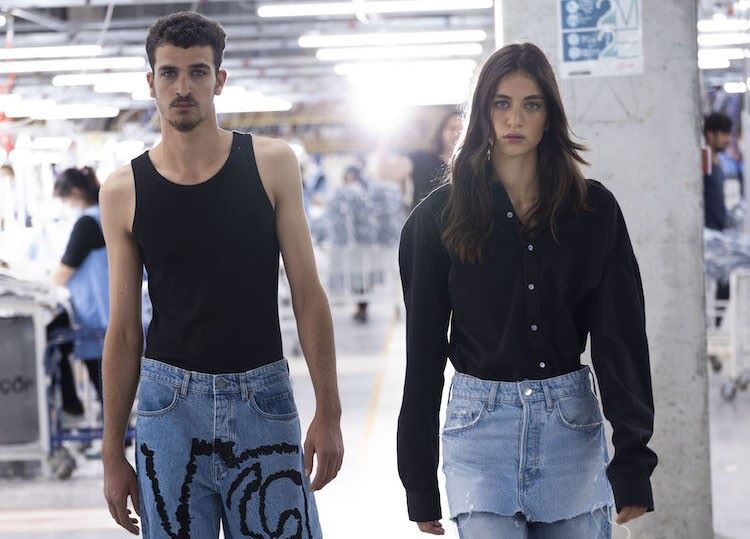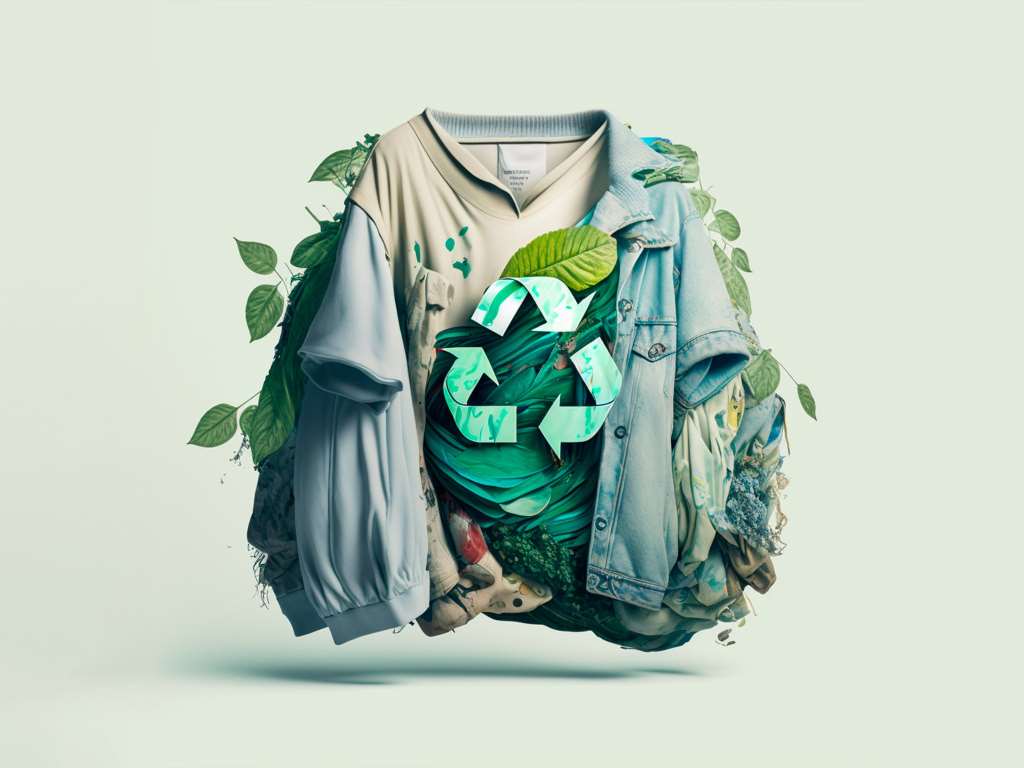"As a part of water conservation initiatives, companies are attempting ways to utilise wastewater as a resource. Among the leading companies, Lanxess has started an initiative and at present about 24,000 cubic metre of wastewater is treated with membrane elements and ion exchangers from Lanxess in the Tiruppur region in Tamil Nadu. The same methodology can be replicated by textile companies who consume huge amounts of water for processing. "

As a part of water conservation initiatives, companies are attempting ways to utilise wastewater as a resource. Among the leading companies, Lanxess has started an initiative and at present about 24,000 cubic metre of wastewater is treated with membrane elements and ion exchangers from Lanxess in the Tiruppur region in Tamil Nadu. The same methodology can be replicated by textile companies who consume huge amounts of water for processing. Leather-making and textile production use large quantities of water and generate a lot of effluent. The liquid waste can now be reduced or completely eliminated, thanks to highly efficient treatment methods using reverse osmosis and ion exchange. Lewabrane and reverse osmosis elements and Lewatit ion exchange resins from Lanxess play an important role in this.
New age conservation technique

The fruit of hard work has started showing in parts. In one textile factory in Tiruppur, a total of 154 Lewabrane ROS400 HR membrane elements and 7,500 liters of Lewatit CNP 80 WS cation exchange resin have been used since August 2016 to process about 85 cu m3 of wastewater per hour. The multi-stage ‘end-of-pipe’ method – i.e., retrofitted environmental protection measures that do not change the production process but do reduce environmental pollution – starts with biological treatment, separation of sludge and coarse filtration. This removes most of the organic content and dispersed particles, e.g., fibres. After this, the filtrate is bleached and then softened with the aid of ion exchangers. In the next step, a low-salt, colorless permeate, containing less than one per cent of the originally dissolved salts and no organic contamination, is produced by reverse osmosis. This can often go right back into the industrial process.
Alexander Scheffler, Membrane Business Director at Lanxess Liquid Purification Technologies Division, explained use of ion exchange is a highly efficient method for pre-treating water before reverse osmosis. The salt-enriched low-chloride retentate can either be re-used directly in the dyeing process or further concentrated. Finally, the salts, primarily sodium sulfate and sodium chloride, are separated into distinct solids. The sulfate can be re-used in the dyeing process and the chloride can be disposed of. With this process, wastewater is no longer produced. This not only protects the environment, but also has the potential to save the textile industry money, mainly thanks to the reclamation of salts. Experts are convinced all of this could be implemented with almost no effect on production costs if primarily regenerative energy sources were used.
Tried & tested methods
New reverse osmosis (RO) membrane elements from Lanxess with ASD feed spacers have undergone trials in Germany’s largest industrial water treatment plant. More than 50,000 cu m3 of water are needed every day for pulp manufacturing at Zellstoff Stendal GmbH, Arneburg, and this is treated using reverse osmosis and ion exchange resins. The new grades impressed with their performance and consistently high level of rejection. Optimised for applications in brackish water, these Lewabrane-branded elements are characterised by very low energy consumption (LE = low energy) and high fouling resistance (FR = fouling-resistant).












